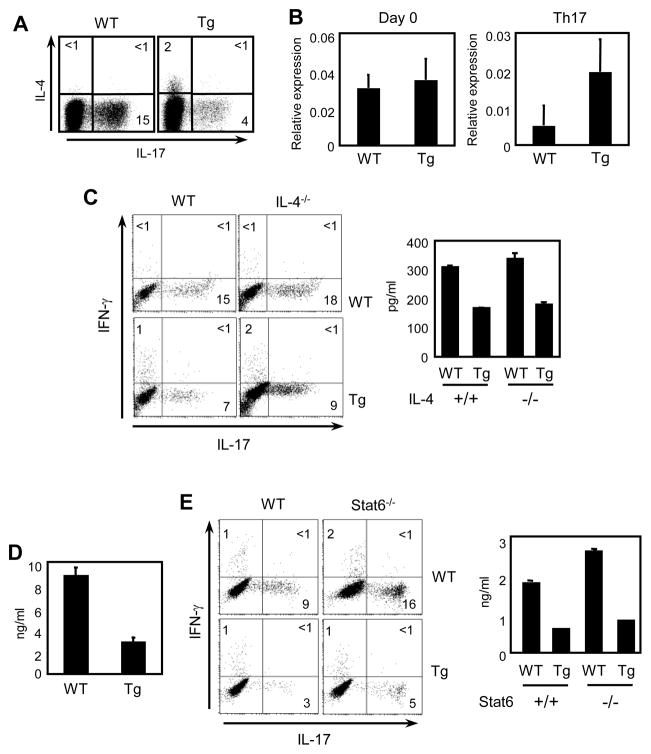Figure 2. Deficiency of IL-4 or Stat6 does not change IL-17 expression.
(A) Enriched splenic CD4 T cells from WT and Tg mice were differentiated under the Th17 inducing condition for five days as described in the Materials and Methods. Cells were then re-stimulated for 5 h with PMA and ionomycin and stained for IL-4 and IL-17. (B) RNA was extracted from freshly isolated (Day 0) and Th17 cells of WT and Tg CD4 T cells and gata3 expression was quantified by qRT-PCR and results were expressed as ratios relative to the housekeeping gene GAPDH. (C and D) Freshly isolated splenic CD4 T cells (C) or sorted naïve (CD45RBhi and CD44lo) CD4 T cells (D) from WT and Tg mice that were sufficient (control) or deficient (IL-4−/−) in the IL-4 gene were differentiated to Th17 cells and analyzed IL-17 and IFN-γ by ICS and ELISA. (E) Freshly isolated splenic CD4 T cells from WT and Tg mice with or without Stat6 expression were differentiated and analyzed for IL-17 and IFN-γ by ICS or ELISA. Data shown are representative of at least three independent experiments.

